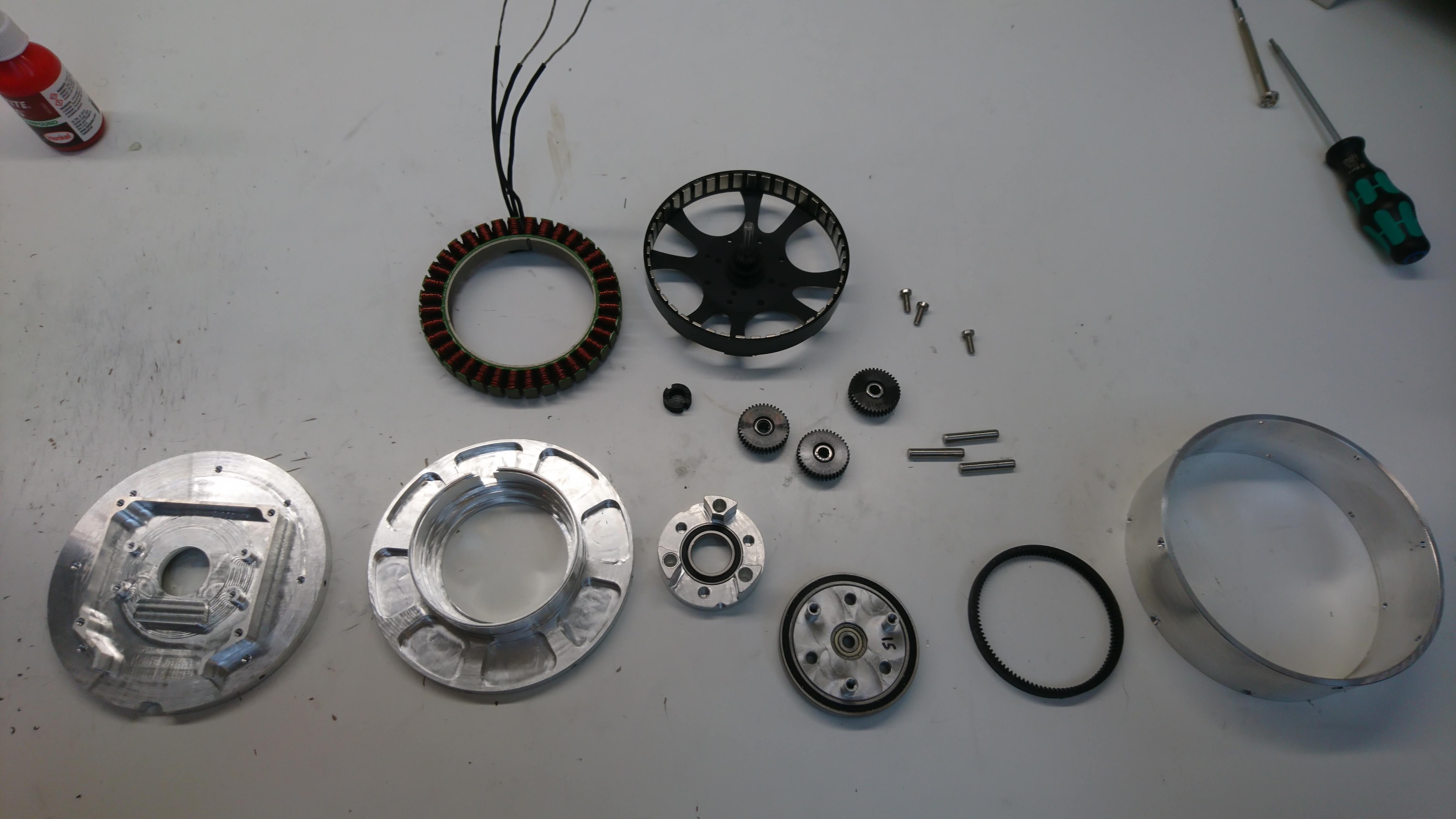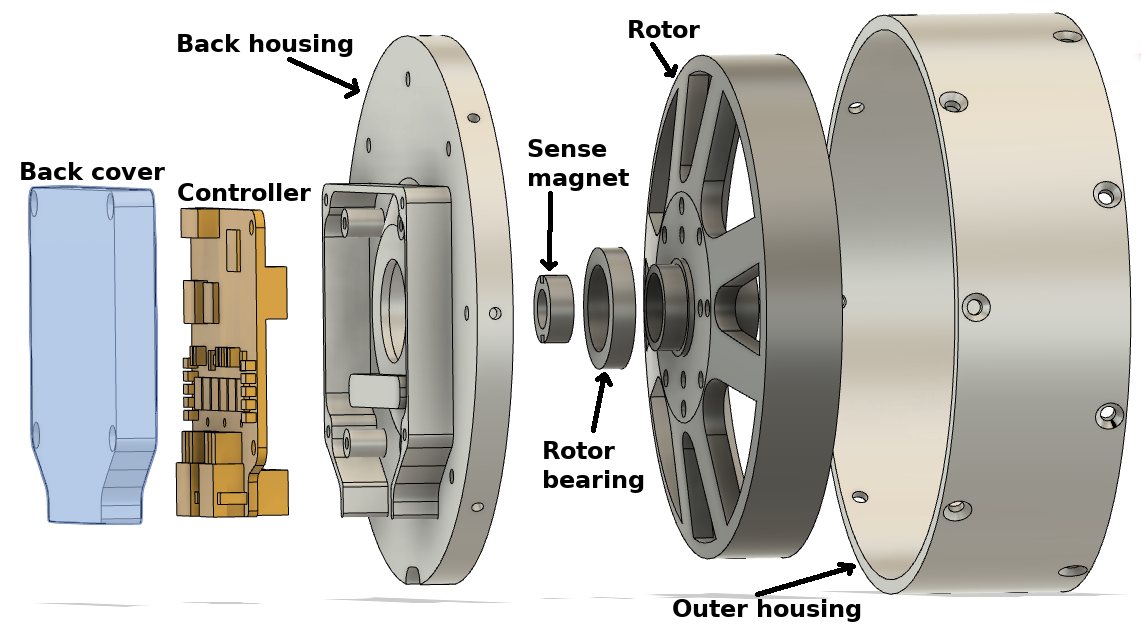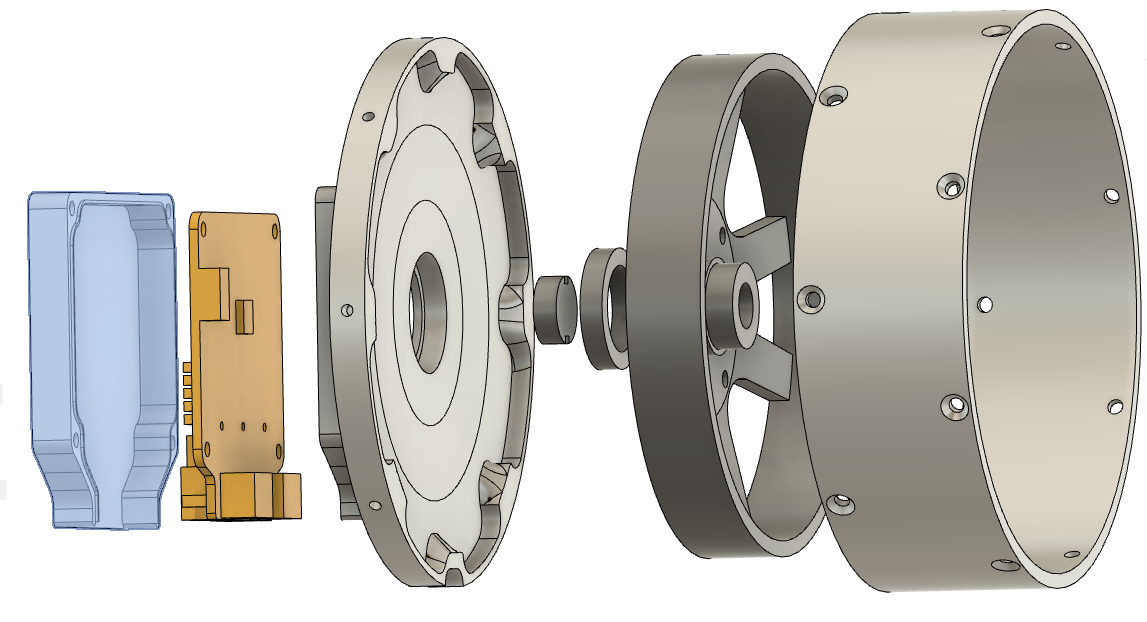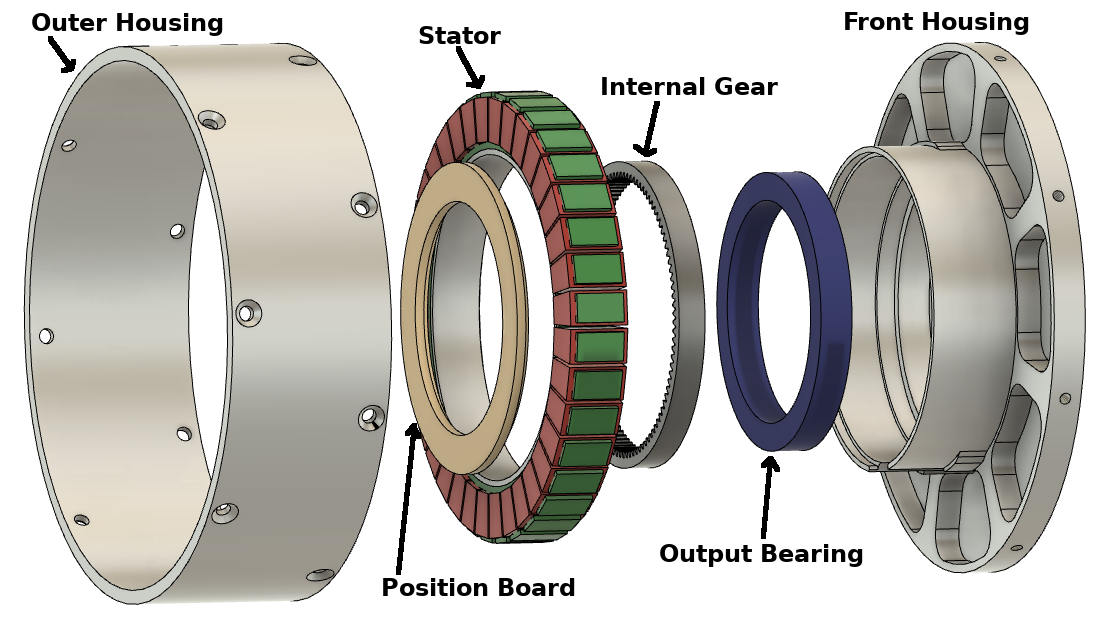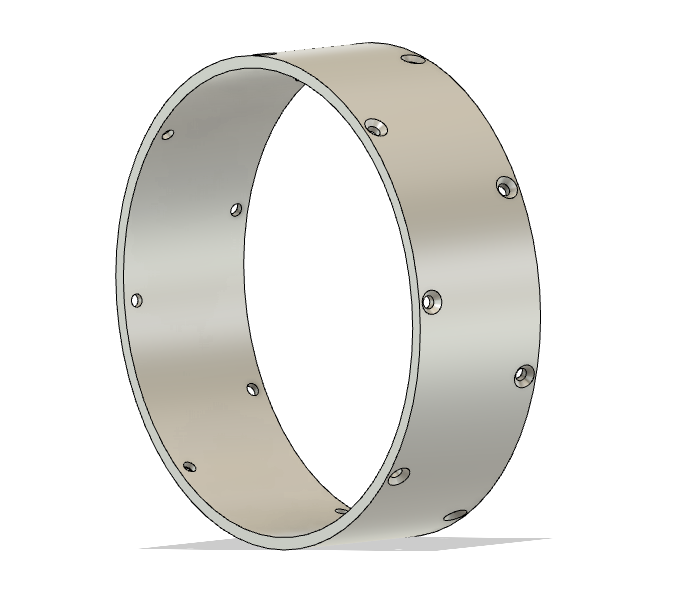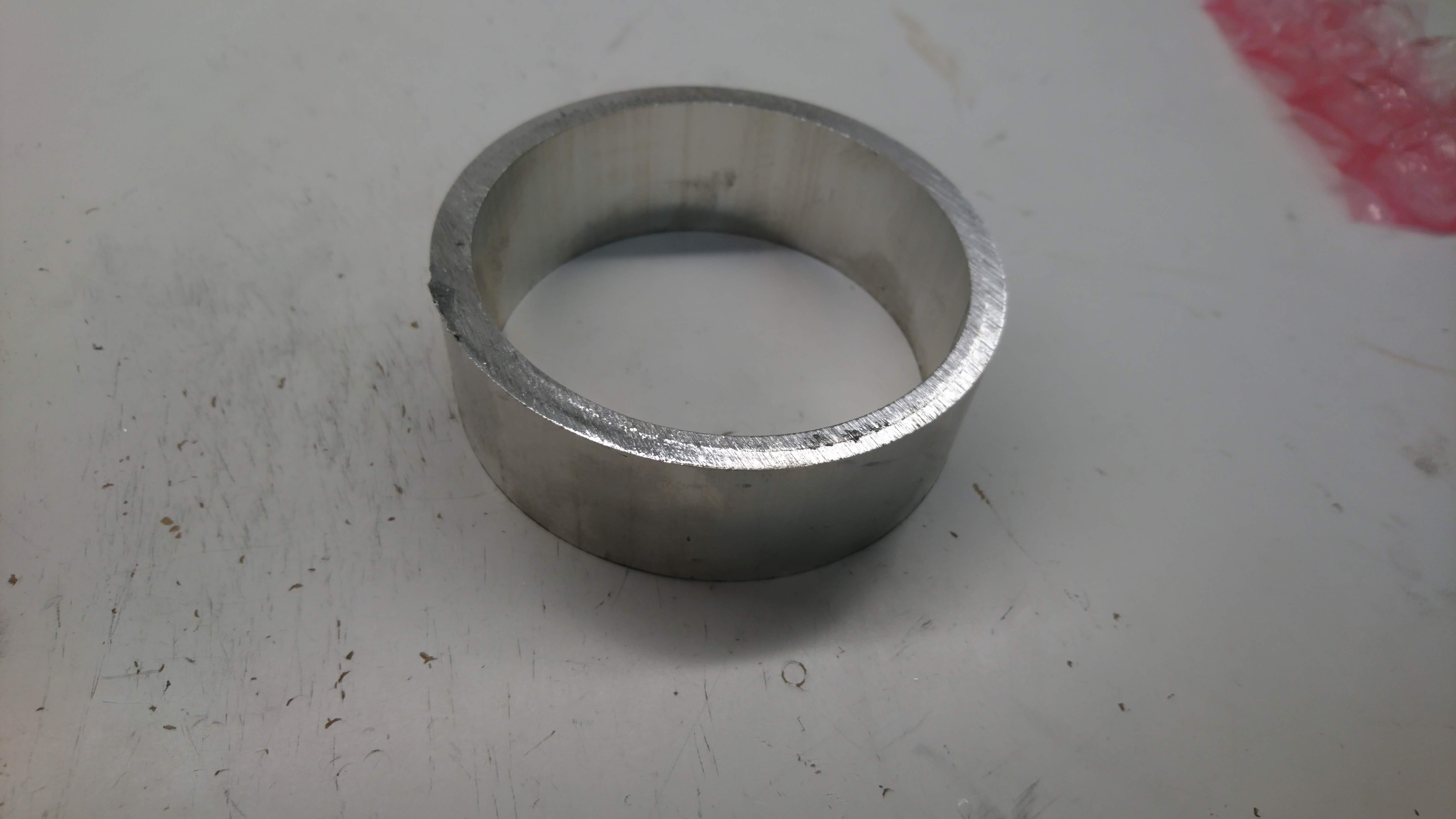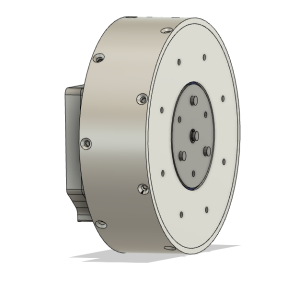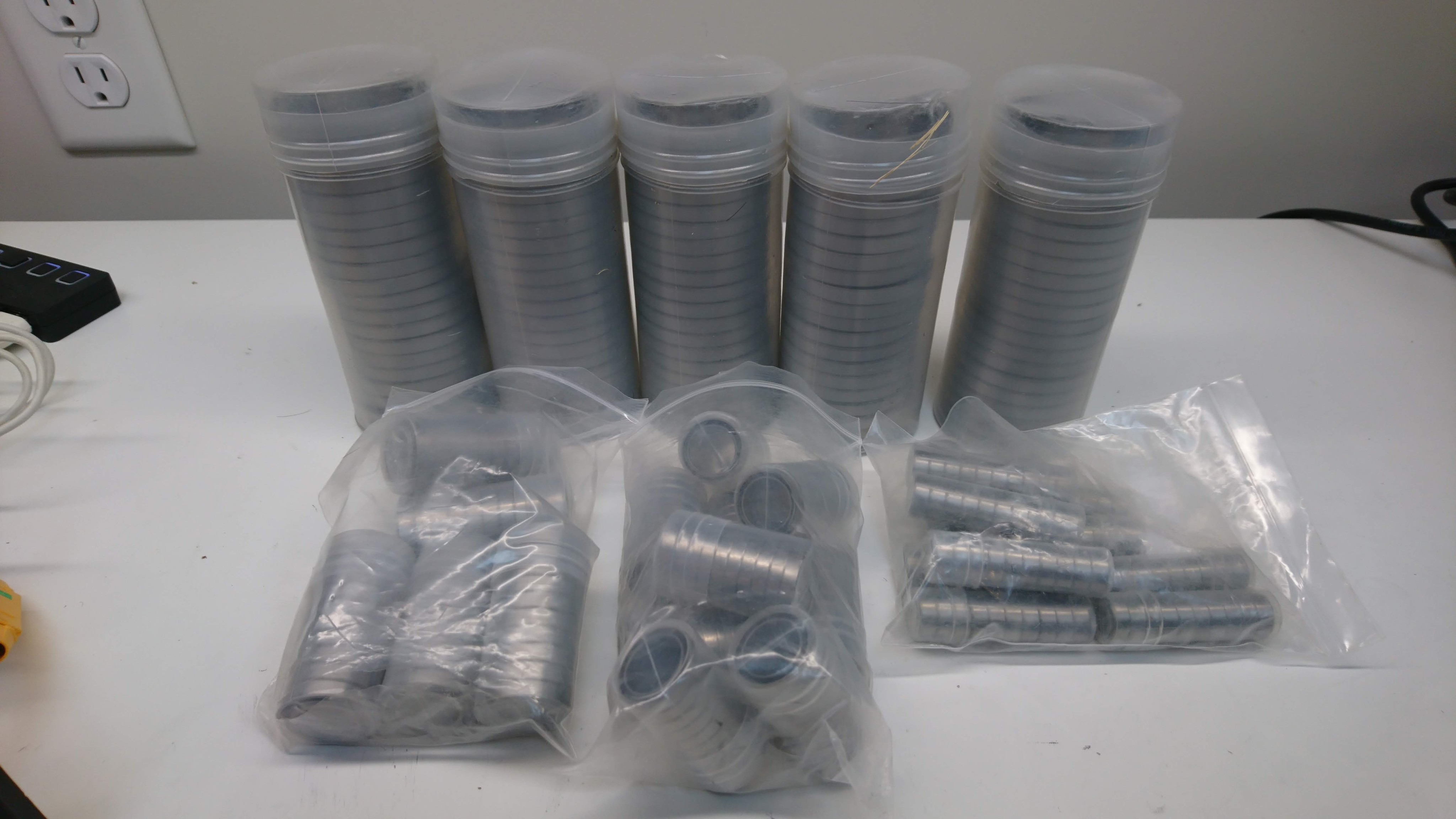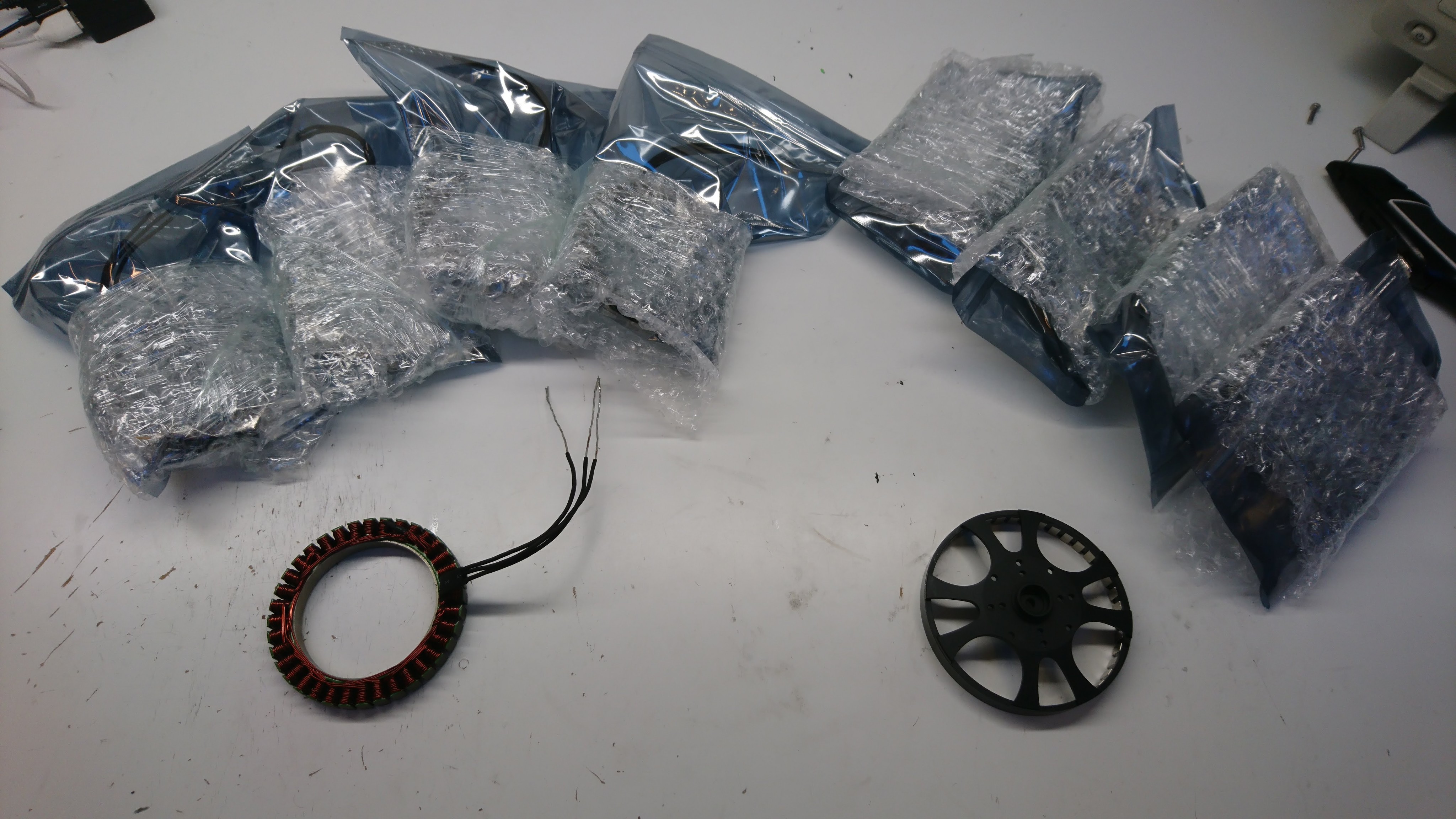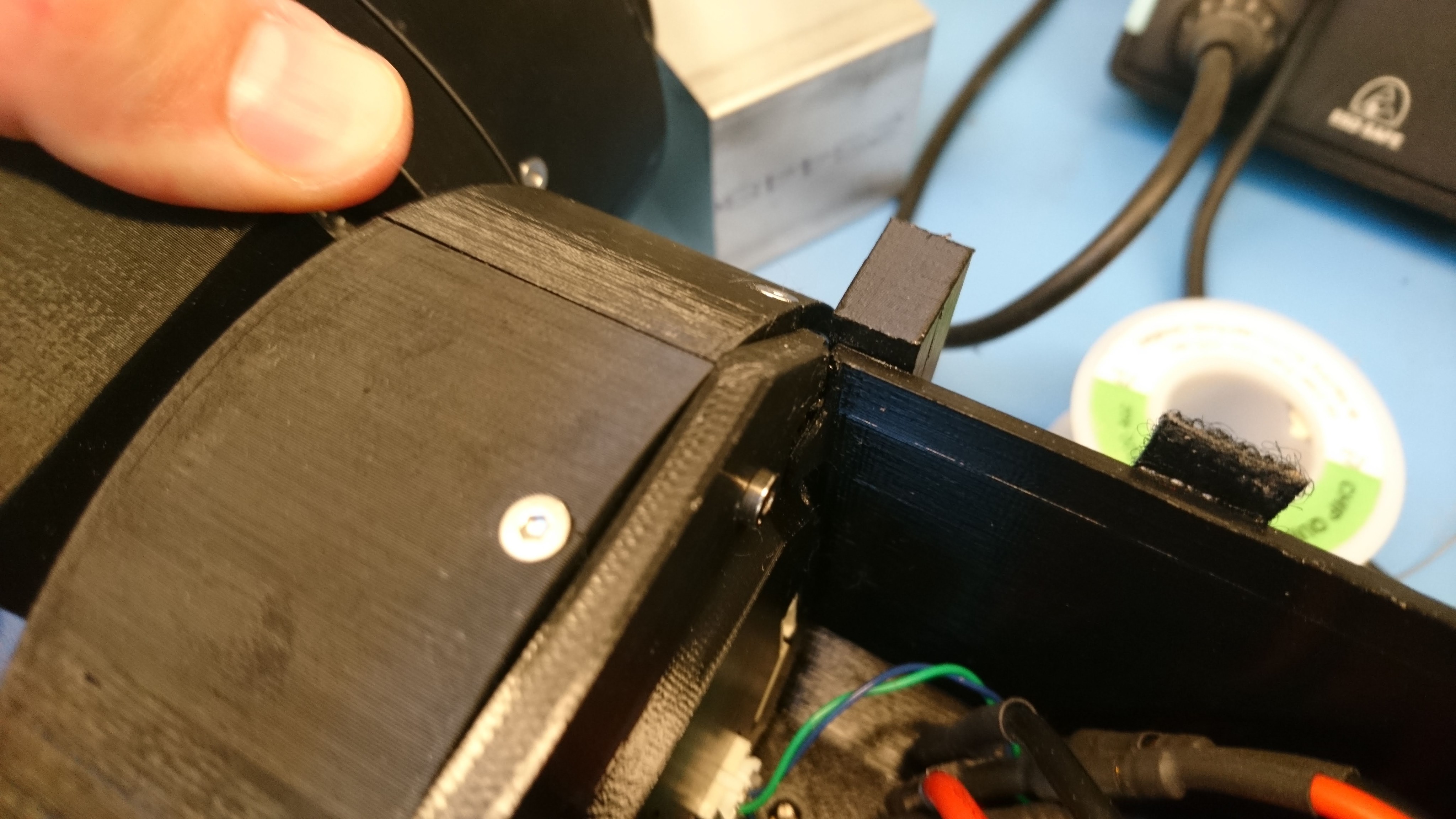UPDATE 2019-11-27: The feeds and speeds have been tweaked based on further experimentation.
To date I’ve managed to not do any threading on the parts I’ve made on my Pocket NC v2-50. However, I’m about to do a number that require both M3 and M2.5 threads, so I figured it was time to figure out how to do it.
Online tutorials are kinda all over the place in both how you handle things in the model, and how you program the CAM. Some assume you model threads as a hole of the major diameter, some as a hole of the minor diameter, although none that I could find used the new Fusion 360 “threaded” hole type, which is what I wanted to use. That said, using the “threaded” hole type appears to be treated basically as a minor diameter hole with a minor caveat. You would expect that since Fusion knows the minor and major diameter, the “pitch diameter offset” would be relative to a zero tolerance thread, but in fact it appears to be relative to the minor diameter as if you had modeled a minor diameter hole. Oh well, I just experimented with increasing pitch diameters until I had threads that fit relatively tight for the two that I cared about, which fortunately can be both made using identical tools, although the M2.5 hole is only on the edge.
